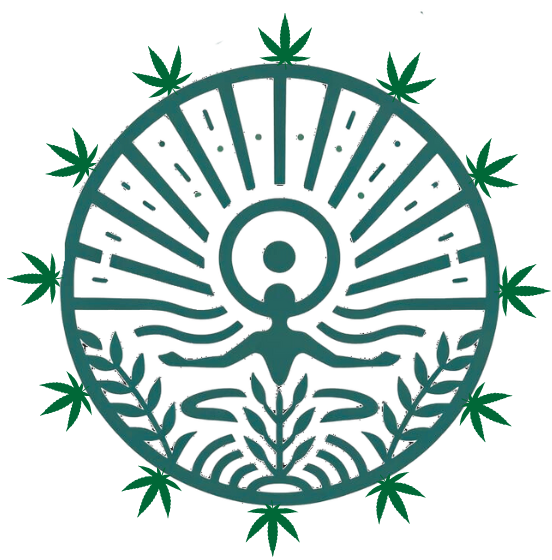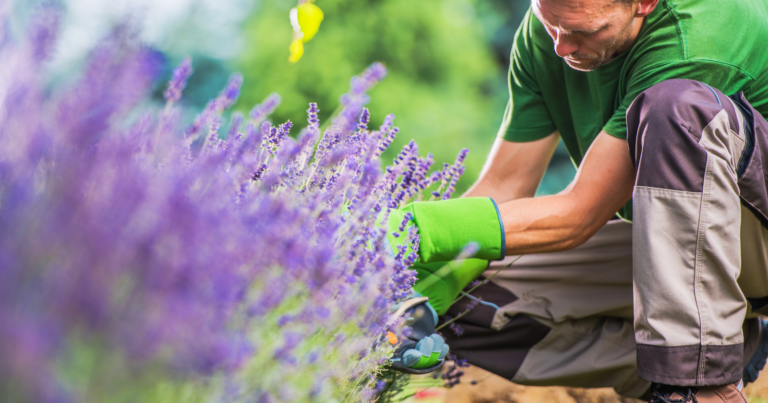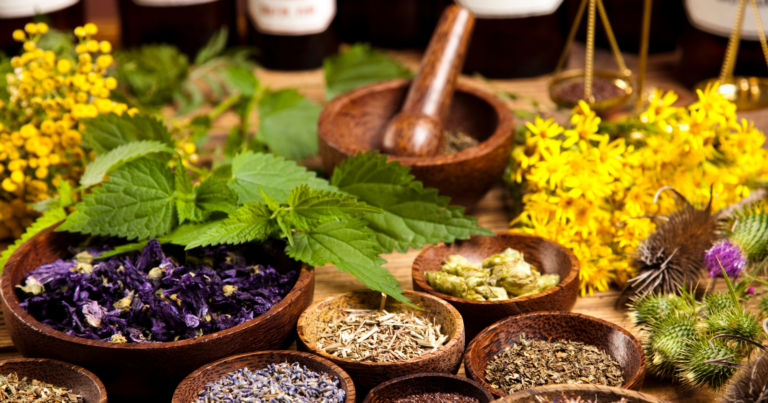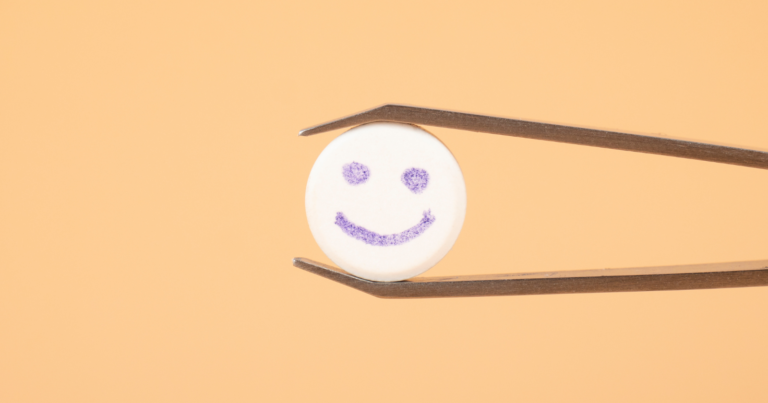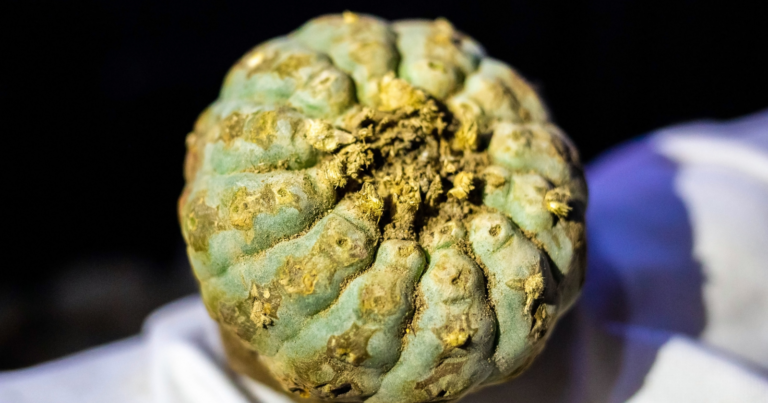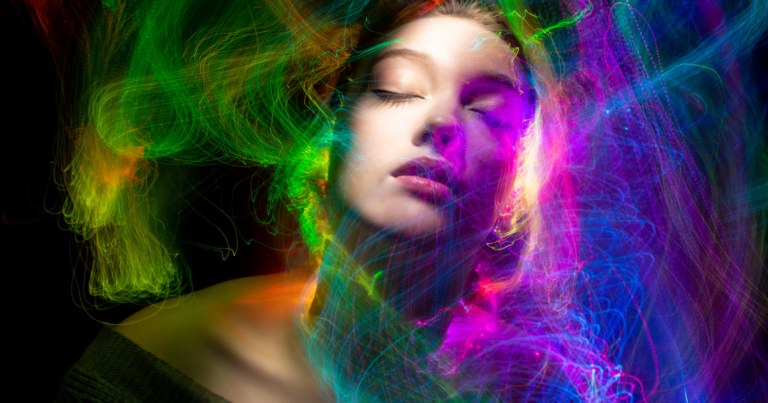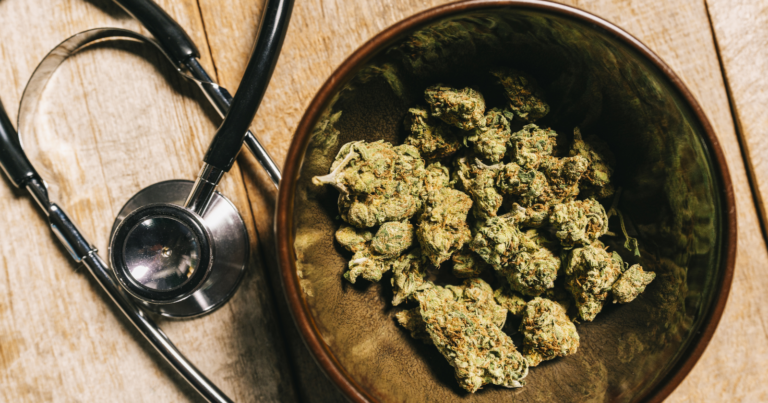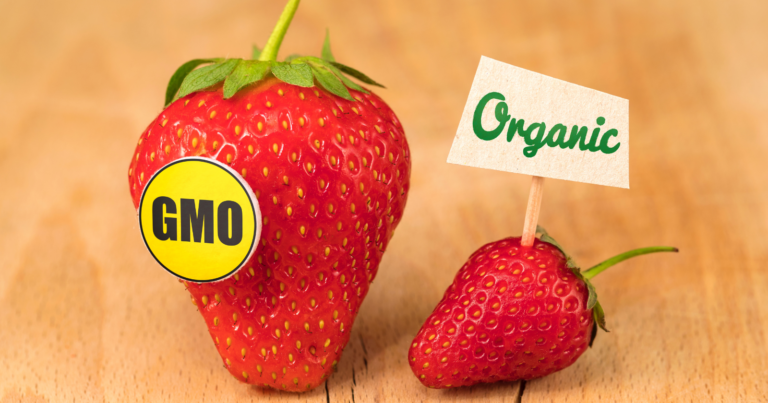Once confined to the fringes of traditional healing and religious practices, psychedelics are making a bold leap into mainstream medicine.
They promise new treatments for mental health disorders that have long eluded conventional therapies.
Perhaps not surprisingly, these substances have been utilized in various cultures for centuries.
As research institutions worldwide embark on hundreds of new studies, the narrative around these once-taboo drugs is rapidly evolving.
Today, we will discuss the intriguing intersection of psychedelics and historical healing.
Ready to expand your understanding of holistic healing through the lens of psychedelics? Let’s dive in.
Historical significance of psychedelics in healing
Psychedelics, such as psilocybin mushrooms and ayahuasca, have been used for centuries by indigenous communities for their potent therapeutic properties.
These substances were not merely used for their mind-altering effects but were deeply interwoven into the fabric of these societies’ spiritual and healing practices.
For example, in traditional Amazonian societies, ayahuasca was utilized as a powerful tool for introspection and spiritual awakening.
It was believed to cleanse the body and mind, revealing deep-seated emotional traumas and aiding in their resolution.
Similarly, psilocybin mushrooms were integral to various religious ceremonies and healing rituals among Central American indigenous communities.
These ‘magic mushrooms’ were thought to bridge the gap between the earthly and spiritual realms, providing invaluable insights into the nature of existence.
So, here’s the thing:
While modern medicine is only beginning to recognize the therapeutic potential of psychedelics, these substances have been revered for their healing properties since time immemorial.
Psychedelics and the brain
Let’s turn our attention to the fascinating science behind psychedelics.
These substances, as it turns out, have a profound impact on our brain’s functioning.
When ingested, psychedelics interact with certain receptors in the brain, notably the serotonin 2A receptor. This interaction leads to a cascade of effects, altering perception, thought patterns, and emotions.
Here’s the intriguing part:
These alterations in brain activity can facilitate profound therapeutic experiences.
Studies suggest that psychedelics can temporarily dissolve the brain’s ‘default mode network’ – a network associated with self-referential thought (think ego).
This dissolution can lead to an experience often described as ‘ego dissolution’ or ‘ego death,’ which is often accompanied by a sense of unity and interconnectedness.
For many, these experiences can be deeply healing and transformative, fostering a fresh perspective on life and self.
This scientific understanding of how psychedelics work in our brains underscores their potential role in healing and therapy.
Psychedelics’ impact on mental health
Now, you might be wondering, how does this all relate to healing?
Well, let’s delve into the emerging field of psychedelic-assisted psychotherapy.
The resurgence of interest in psychedelics is not just a cultural phenomenon but a scientific one, with modern research institutions around the globe contributing to a growing body of evidence supporting their therapeutic potential.
Psychedelics, including substances like LSD, MDMA, and psilocybin, are now at the forefront of innovative treatments for mental health conditions such as depression, anxiety, and addiction.
According to research, psychedelics can cause immediate antidepressant and anxiolytic effects that last for several months post-treatment, without inducing severe adverse effects.
Moreover, the therapeutic potential of psychedelics doesn’t stop at treating diagnosed conditions. Many individuals report profound personal growth and increased well-being following psychedelic experiences.
What’s the potential of microdosing?
Ever wondered about the potential of psychedelics beyond the realm of high-dose, transformative experiences?
Let’s explore the world of microdosing.
Microdosing involves taking a fraction of a typical psychedelic dose – small enough not to induce significant alterations in perception, but enough to subtly influence cognition and mood.
It’s true that high-dose psychedelic experiences can be profound and transformative. But they can also be intense and challenging, right?
Well, Microdosing offers a way to harness the potential benefits of psychedelics in a more manageable and less disruptive manner.
The practice of microdosing, or taking sub-hallucinogenic doses of psychedelics, has gained popularity as a means to treat anxiety, depression, and addiction without the intense experiences associated with higher doses.
Although research on microdosing is still in its infancy, anecdotal evidence suggests it could offer a novel approach to mental health care.
Therefore, it seems that even at these smaller doses, psychedelics can offer subtle shifts in perspective that contribute to overall well-being.
Legal and societal challenges
Despite their promising therapeutic benefits, psychedelics face legal and societal hurdles that complicate their integration into mainstream medicine.
The use of these substances is illegal worldwide, and they carry a stigma that hinders both recreational and medicinal uses.
Yet, the shift towards decriminalization in some areas reflects a growing acknowledgment of their potential benefits.
Here are the recent cultural and legal developments that highlight their potential therapeutic benefits.
- Decriminalization: Several cities in the U.S., including Denver, Santa Cruz, and Oakland, have decriminalized the use of psilocybin mushrooms. This is a major step towards recognizing their therapeutic potential.
- Research resurgence: After decades of being sidelined due to legal and cultural restrictions, psychedelic research is experiencing a renaissance. More scientists are exploring their potential for mental health treatments.
- Psychedelic-assisted therapy: The FDA has granted “breakthrough therapy” status to psilocybin for treatment-resistant depression. This highlights the growing recognition of psychedelics’ therapeutic potential.
These milestones underscore a shift in societal perception towards psychedelics, paving the way for more research and understanding of their role in healing.
Therapeutic alliance in psychedelic therapy
As we navigate the nuanced world of psychedelics and their role in historical healing, it’s essential to focus on a key concept:
The therapeutic alliance.
In the realm of psychedelic therapy, it’s not just the substance that does the healing. Equally critical is the relationship between the individual and their therapist or guide.
The safe and supportive environment fostered by this relationship can significantly enhance the therapeutic outcomes.
I believe it’s crucial to acknowledge this alliance.
It’s not about taking a substance and waiting for magic to happen. It’s about engaging in a deeply personal process, facilitated by a trusted guide, that allows for exploration, growth, and healing.
In fact, the integration work done post-session is often where the most profound insights and transformations occur.
This work requires time, patience, and commitment.
The future of psychedelics in healing
Let’s imagine a world where the healing potential of psychedelics is fully recognized and integrated into our healthcare system.
What would that look like?
This thought-provoking question brings us to the final point in our exploration of the role of psychedelics in historical healing: the future.
Today, we stand on the threshold of a new era in mental health treatment.
The ongoing psychedelic renaissance is challenging long-held beliefs and opening up new horizons for healing and personal growth.
From clinical trials investigating the efficacy of MDMA-assisted therapy for PTSD to studies examining psilocybin’s potential in treating depression and anxiety, one thing is certain:
The future looks promising.
And it’s not just about treating diagnosed conditions. The potential of psychedelics extends to enhancing well-being.
It’s an exciting prospect, isn’t it?
As we venture into this uncharted territory, we carry with us a rich history of psychedelic use in healing – a history that underscores the transformative potential of these remarkable substances.
Conclusion
In closing, the evolving narrative around psychedelic medicine serves as a potent reminder of the need for openness in exploring every possible avenue for alleviating human suffering.
It calls for a collective effort to understand and harness these ancient tools for modern healing, urging societies worldwide to reconsider their stance on these powerful compounds.
The promise of psychedelics lies not only in their potential to transform mental health care but also in their capacity to reshape our understanding of the mind itself.
